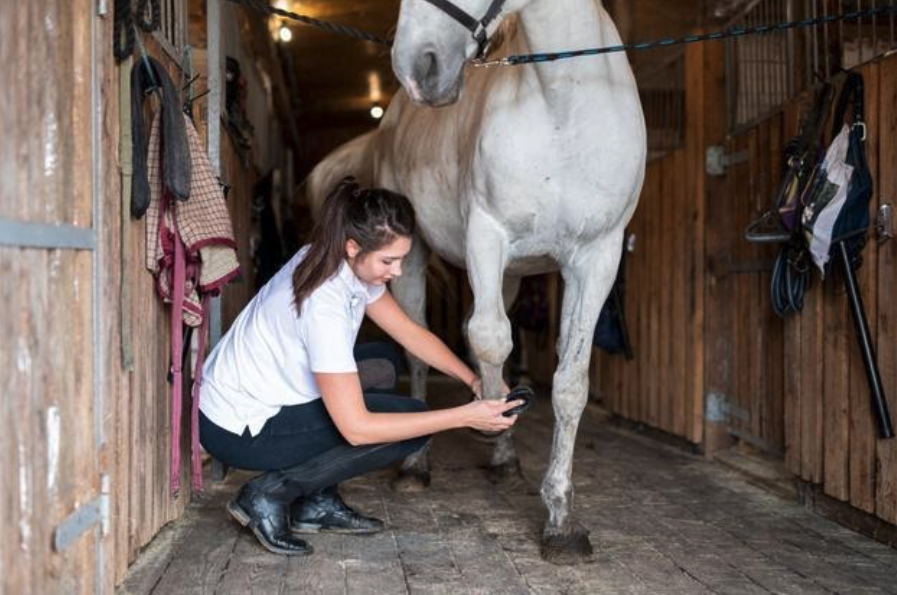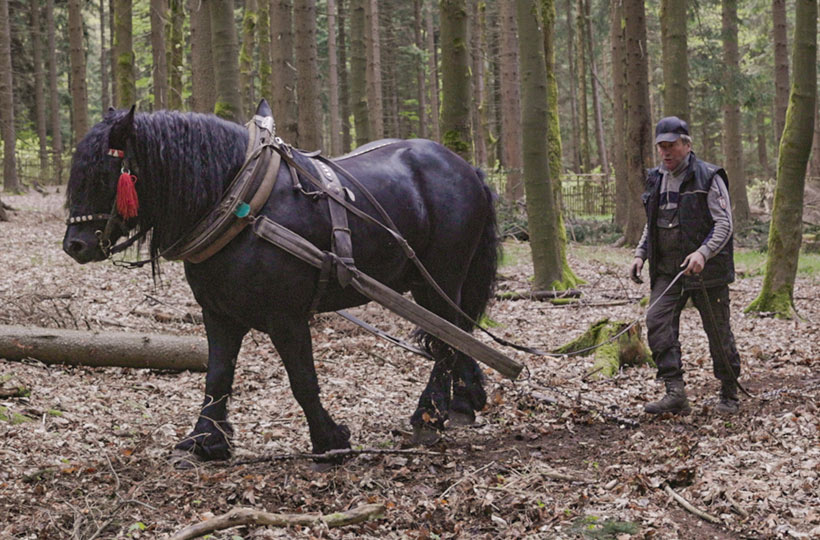TOP 8 Horse Hoof Problems 2021

Main horse hoof problems: types, symptoms
The health of horses is largely determined by the condition of their hooves. The limbs of these noble animals require increased attention. Unfortunately, no matter how attentive the owner is, it is impossible to completely exclude the risk of diseases. A horse may get injured and get an infection, get an abrasion or bruise that will cause a serious illness. Therefore, every horse owner should know what diseases of the hooves occur in his wards. Unfortunately, horse hoof problems is not a well-covered topic. If you need a biology research, dissertation or thesis, you request these paper works from professionals on writemyessays.me. This article will look over the main types of diseases and the symptoms of various injuries. Please remember: do not engage in self-diagnosis and treatment. Always seek help from a competent veterinarian. Unhealthy horse hooves can really lead to serious problems.
Corns
Corns are tumours on the sole. Most often, they appear because of stuck stones, strong pressure on the hoof or poor-quality forging. If a horse has corns, you should remove them immediately. Then you have to cut out the discoloured part of the horn. If an infection has added to the corn and the hoof is too hot, you need to make an epitheme. You can ease the pressure on the hoof by putting a horseshoe that will protrude beyond the level of the heel. This will help it to not touch the ground. Most often, you can find corn on the front hooves.
Laminitis
This horse hoof disease is also known as the founder. There are quite a lot of reasons for this, let’s look at the most common ones:
- Obesity and poor nutrition;
- Excessive grazing on young grass;
- Riding and heavy physical activity on hard ground;
- Weight transfer from one leg to the other (when the first leg is ill).
However, most veterinarians think that the cause of laminitis is watering a hot horse with cold water, bathing it or a draft.
The most common symptoms are:
- Inflammation and swelling of the hooves;
- Strong pulsation of the finger arteries;
- When pressed with hoof tongs, the animal will experience pain and significant discomfort;
- The hooves may have a high temperature;
- Lameness.
Disease of the navicular bone (or navicular disease)
In this case, a small shuttle-shaped bone that supports the flexor tendon is deformed. This is one of horse foot diseases that affects both front legs. If the horse has a navicular disease, it will usually stumble and limp. The animal lowers its hooves when walking firstly on the front part to reduce the pressure on the sore spot. Exercises can eliminate the problem at an early stage of the disease. If the disease has started, the horse is likely to limp. There are no methods of treating this horse hoof disease, but you can use various meds to ease the pain. The doctors prescribe anti-inflammatory drugs or anticoagulants. You can also use corrective horseshoes that will lift the heel and reduce pressure on the navicular bone.
Hoof cracks
The causes of cracks are excessive drying of the horn or serious mechanical injuries to the hooves. It is necessary to eliminate the causes of the disease.
Wounds in the region of the sole
In most cases, the wounds are stabbed, less often — cut. When examining the affected area, you can find a puncture channel. After mechanical cleaning and clearing of hooves, you should treat the affected area with a 5% alcohol solution of iodine.
Grease
This is one of horse hoof diseases that horses get mainly in the fall and slushy winters. The horses are usually kept in muddy fields and the hygiene rules are not followed. The disease is caused by blood-sucking microorganisms. They live in the soil, where they can wait for years to get into damaged, chapped or softened skin. Grease usually appears in the area of the heel bumps and headstock, but in advanced cases it spreads higher up the leg and can even cover the stomach.
Inflammation of the hoof bone
Radiography reveals structural changes in the hoof bone — it is thinning, the number of channels increases. However, all these changes in the initial stages of the disease can be pronounced. Sometimes it is quite difficult to detect inflammation of the hoof bone. The reasons for the disease are serious injuries to the sole. Sometimes it can also be caused by repeated systematic microtraumas of the hoof bone, for example, due to prolonged work on hard ground. Especially often the pathology affects thoroughbred riding horses. Unfortunately, treatment is rarely effective. The use of non-steroidal anti-inflammatory drugs has a short-term effect. You should place the protective pads made of polymer materials under the horse’s shoes. Good results are obtained by using orthopedic horseshoes with the effect of limiting the work of the hoof. At the same time, round off the hook part of the horseshoe for ease when pushing off from the ground.
Shoeing
If the shoe is not properly shod, the hoof nails will hit the sensitive part of the horse’s foot or pass too close to it in the hoof wall. The horse shows signs of pain when driving a horseshoe nail. Sometimes there is blood on the nail. After 1-3 days (up to a week), the horse starts to limp. It practically does not rely on the affected limb. You should immediately remove the incorrectly inserted nail. Then you have to treat the remaining wound with antiseptic. Do not allow sudden movements of the horse during shoeing.

Follow the horse care guidelines published by The Humane Society of The United States to avoid health problems for your horses.
































































































